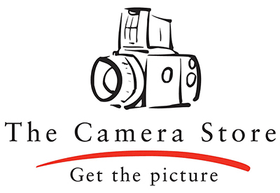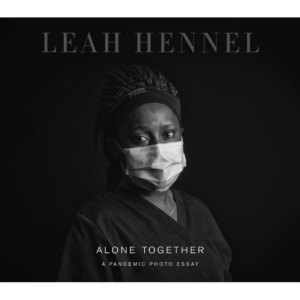The past two years have changed me.
As a photojournalist, I’ve covered a lot in my 20-plus-year career. But never anything this heavy, this important. The pandemic caused by the COVID-19 virus has touched the lives of everybody, not just here in Alberta and Canada but throughout the whole world.
Over the past 24 months, I’ve borne witness to a lot of death and sadness, a lot of grief, but I have also witnessed plenty of happy moments and got to experience firsthand the goodness in people. Other stories I’ve followed have been brief, a day or two, maybe a week. I cover them, then move on to the next assignment. This one, though, has been unrelenting.
I am documenting something historic, but I’m also going home and dealing with the same thing as everyone else who’s worried about COVID, who’s worried about passing it on to their family. Then again, everyone is affected by COVID. Whether you have it. Or know someone who has it. Or have lost a job because of it.
In March 2019, when I got hired by Alberta Health Services to be its staff photographer, my mission was to chronicle, among other things, the different roles within the healthcare system. And the last couple of years — the height of the pandemic — have revealed the incredible work being done behind the scenes.
For my part, I wanted to capture Albertans — those who are members of the healthcare team, those who are patients, those who are adapting to life outside of healthcare. Away from medical facilities, too, there was plenty to focus on.
The way people adjusted to fear, to lockdowns, to unknowns. The way they continued to carry on. Visiting with family through a window. Holding socially distanced baby showers. Staging drive-through religious celebrations, drive-through grads, drive-by birthday parties, drive-in movie theatres, and drive-in musical recitals.
More than anything, I wanted to portray — and I hope I did — patients and staff with dignity. In many cases, these occasions were literally the worst moments of their lives. When anyone goes to the hospital, they’re not feeling their best, so to have a photographer right there, too? Those can be hard conversations. That’s why the photos of the patients and capturing their stories was more of a collaborative process — I’m not a fly on the wall and I want to make sure they’re comfortable with my camera.
As a photographer, it’s important to show that those who died are not just numbers. Rather, these are real people with loved ones and families and friends. Photographs have the power to put human faces on tragedy.
I’ve learned about the different jobs in a hospital, from porters to healthcare aides to housekeeping to food services. They are there to make a difference. They really do care. And it hurts — they’re affected by deaths, they’re affected by struggling loved ones.
Through it all, I did see hope. Literally once. The mural in which a teenaged girl simply spelled out the word “hope” on the wall of a vaccine clinic, which was about to open.
This is authentic truthful storytelling of what I saw. It’s not everything — it’s just what I happened to be present for. This is what I saw — a small but representative sliver of the pandemic in Alberta. I want to thank my colleagues at Alberta Health Services, healthcare workers everywhere, and, most importantly, to the patients and their loved ones for courageously sharing their stories.
Proceeds from the sale of Alone Together go to the foundations supporting the work of Alberta Health Services. The book is available locally at The Camera Store.
Featured in this blog:




